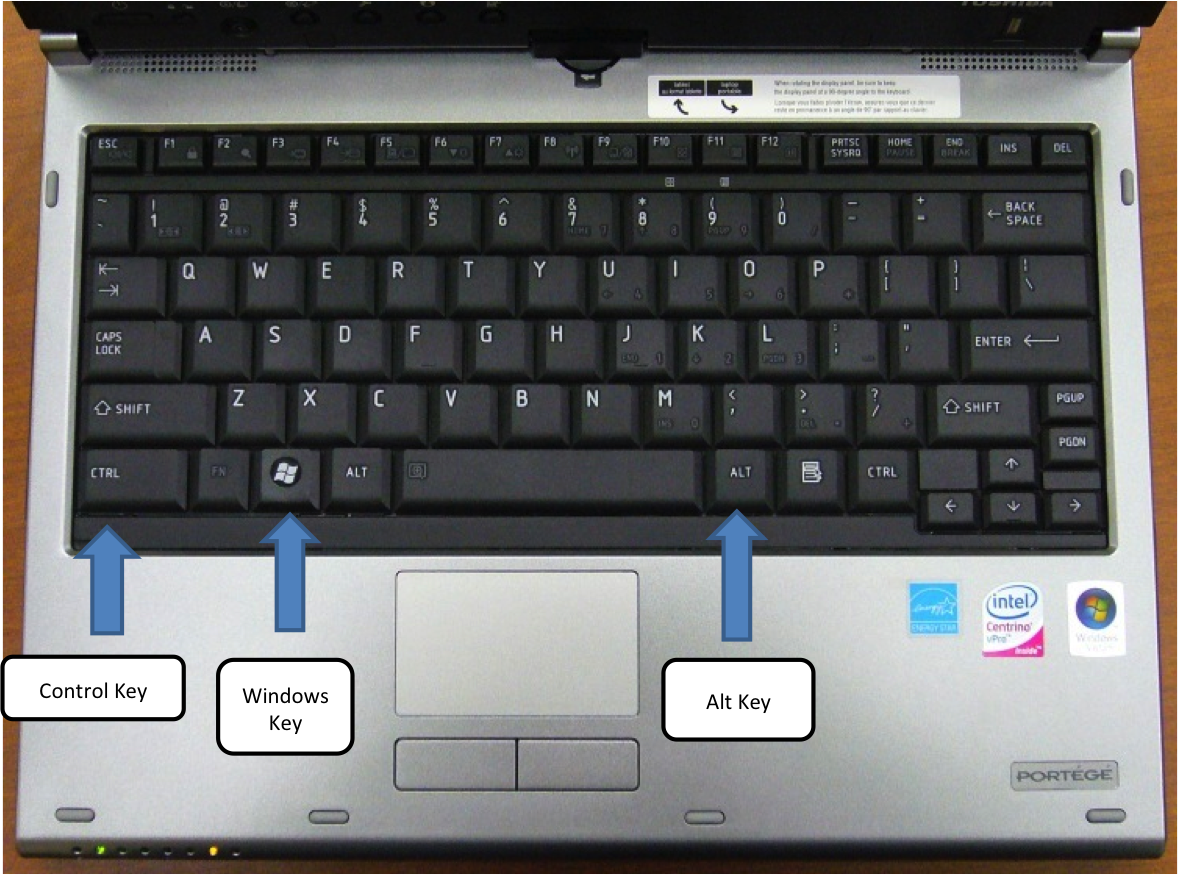Windows Keyboard Shortcuts
As handy as using a computer mouse is, it isn't always the quickest way to get where you need to go on your computer. Sometimes you can save time by keeping your hands on the keyboard. Shortcut keys do just that—they are shortcuts that save you time. Also known as hot keys, shortcuts are combinations of
As handy as using a computer mouse is, it isn't always the quickest way to get where you need to go on your computer. Sometimes you can save time by keeping your hands on the keyboard. Shortcut keys do just that—they are shortcuts that save you time. Also known as hot keys, shortcuts are combinations of keys that when pressed allow the user to perform tasks that normally require the user to navigate through and click on several menus.
By familiarizing yourself with these keys, you may find that you can save yourself considerable time in your regular computer use. As you begin to memorize shortcut keys, you'll notice that many of them work across several applications. We have compiled a list of the most common shortcut keys below, so that you can work toward becoming a PC pro user! **Please note that this list is for Windows PC users, and these shortcuts will not work on a Mac. Don't fear, Mac lovers! We are assembling a list of shortcut keys for you as well and will post it soon.
When reading each shortcut, think about it as a math equation: the + sign below means "and", rather than asking you to tap the actual + key. Example: ALT + C means to hit the ALT key and then add the C key. Check out the keyboard layout below to find where these keys are located.

Hot Key(s)Shortcut Function
F1 Opens Windows Help, which answers commonly asked questions
F2 Rename object
F3 Allows you to search for files by date, type, name and size
F5 Refreshes the current window
CTRL + A Select all items on web page or word document
CTRL + B Make document text bold (or turn off the bold feature)
CTRL + C Copy anything you have selected (selected text is highlighted)
CTRL + F Find a word or phrase is any page you’re looking at
CTRL + G Go to a specific page in word document, or your history of recently visited web pages if you’re on the web
CTRL + I Italicize document text (or turn off the italics feature)
CTRL + N Creates a new browser window, file window, or document
CTRL + O Open
CTRL + P Print
CTRL + S Save
CTRL + U Underlines document text (or turn off the underlining feature)
CTRL + V Paste selected text
CTRL + X Cut selected text
CTRL + Z Undo any change just made in office documents (this works in a number of Windows programs)
CTRL + ESC Open Start Menu
CTRL + F4 Close your active document (be sure to save any changes!)
CTRL + F6 Toggles between open documents within the same application
CTRL + W Close active (open) document
ALT + ENTER View properties of selected folder item (size, date created, etc.)
ALT + ESC Toggle between open program windows
ALT + F4 Close program
ALT + SPACEBAR Go to the menu of whatever program you have open
ALT + TAB Toggle between open programs
WINDOWS KEY Opens the Start Menu
WINDOWS + D Go to desktop
WINDOWS + E Opens “My Computer” menu
WINDOWS + F Search for files or folders
WINDOWS + L Lock your computer (login password required)
WINDOWS + M Minimize all windows
WINDOWS + R Allows you type a specific file or web page in order to run it
WINDOWS + U Opens your Utility Manager, so you can manage your settings
WINDOWS + F Allows you to look at other computers connected to your network
+ CTRL
It will take a bit of practice, but keyboard shortcuts can save you time and energy while typing. If you like, you can print out this list and keep it by your computer for easy access. Soon enough you'll be using these hot keys like a pro.
Have you used keyboard shortcuts before? Do you have a favorite shortcut, one that you can't live without? Let us know in the comments below.

 Member Connect
Member Connect